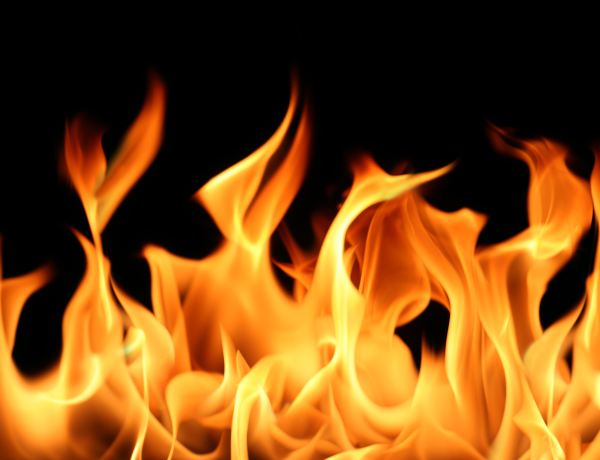6 Types Of Flame Retardants Commonly Used In Polypropylene

As one of the five general-purpose plastics, polypropylene (PP) is widely used in all walks of life. However, the flammable characteristics of PP also limit its application space and hinder the further development of PP materials. Therefore, the flame retardancy of PP Modification has always been the focus of attention.
Flame retardant is a booster for polymer synthetic materials. The use of flame retardants can be used to flame retardant polymer materials, so as to avoid material combustion and prevent the spread of fire, and promote the synthetic materials to have smoke suppression, self-extinguishing and flame retardancy. At present, the commonly used flame retardants for polypropylene mainly include metal hydroxide flame retardants, boron-based flame retardants, silicon-based flame retardants, phosphorus-based flame retardants, nitrogen-based flame retardants, and intumescent flame retardants.
1. Metal hydroxide flame retardant
The activated carbon in the metal hydroxide flame retardant has a large specific surface area and is rich in functional groups, which can be well combined with the hydroxyl groups on the sodium magnesium hydroxide particles, effectively weakening the surface polarity of magnesium hydroxide and reducing its occurrence. The possibility of agglomeration improves the compatibility of sodium magnesium hydroxide with the PP matrix, so that the flame retardant properties of the material are enhanced.
2. Boron flame retardant
In the PP/BN@MGO composite, due to the coating structure and alkylation modification of the BN@MGO flame retardant, its alkyl chain grafting efficiency is high, and carbon elements can be enriched on the surface of the filler, which significantly enhances the The affinity between the BN@MGO flame retardant and the PP body enables it to be uniformly distributed in the PP matrix.
3. Silicon flame retardant
HNTs-Si in silicon-based flame retardants can maintain the original tubular structure in the high temperature range, and can twist with the thermally degraded PP chain to form a “fibrous” dense carbon layer, which effectively inhibits the burning of PP. Heat, mass and smoke transfer.
4. Phosphorus flame retardant
In phosphorus-based flame retardants, sorbitol has a large number of hydroxyl groups, which is easy to form a carbonized layer during combustion, while ammonium polyphosphate decomposes when heated to produce phosphoric acid compounds, which further enhances the carbonization of sorbitol, and the generation of carbon layer is delayed. The spread of heat, and the isolation of oxygen, improves the flame retardant properties of the material.
5. Nitrogen flame retardant
MPP will produce incombustible gases (including NH3, NO and H2O) and some phosphorus-containing substances during combustion, while AP can release aluminum phosphate Al2 (HPO4) 3 and phosphine (PH3) gases at high temperatures, these gases not only It can dilute flammable gases in the air, and can also act as a gas shield on the surface of the material, thereby reducing combustion.
6. Intumescent flame retardant
NiCo2O4 has the advantages of controllable morphology, large specific surface area, many active sites, and simple and diverse preparation methods. As a nickel-based compound, NiCo2O4 has excellent carbon catalytic ability, which not only reduces combustion products and improves flame retardancy.
